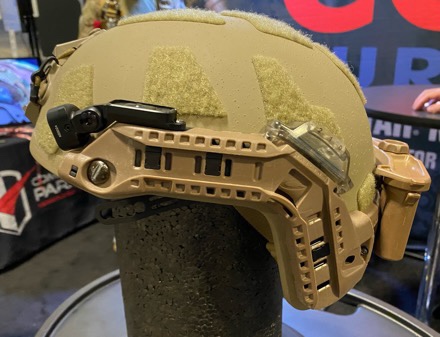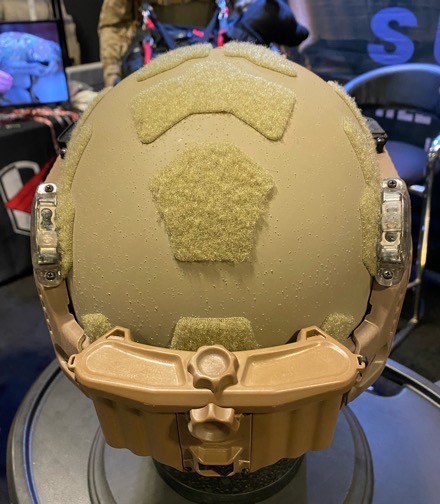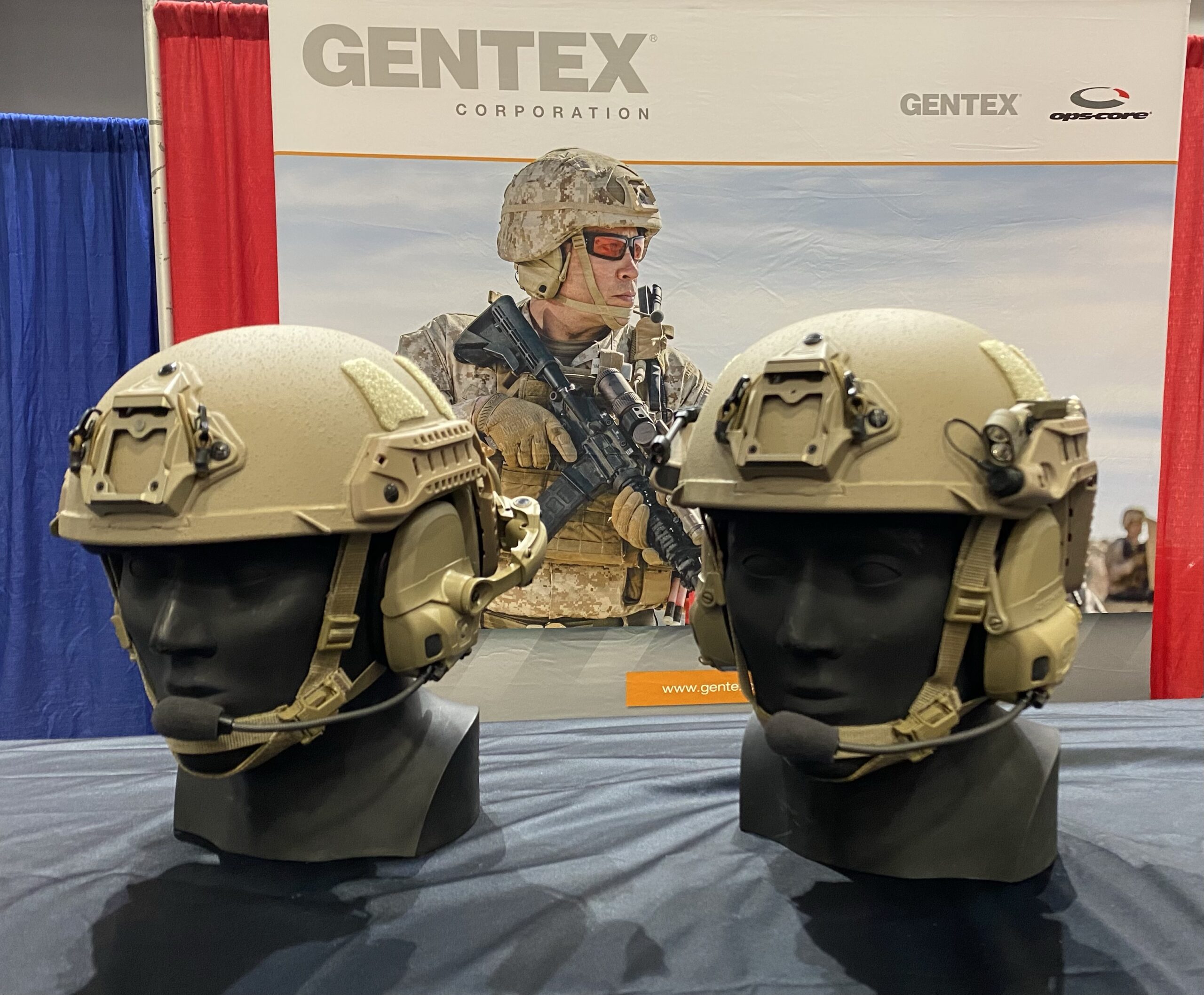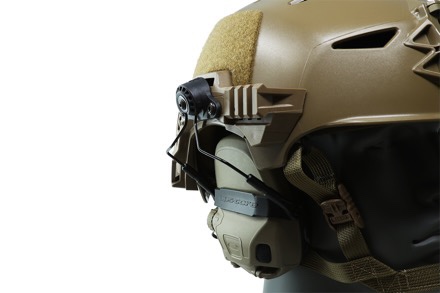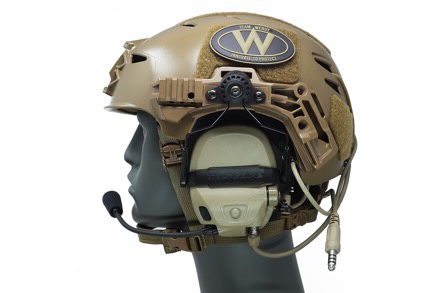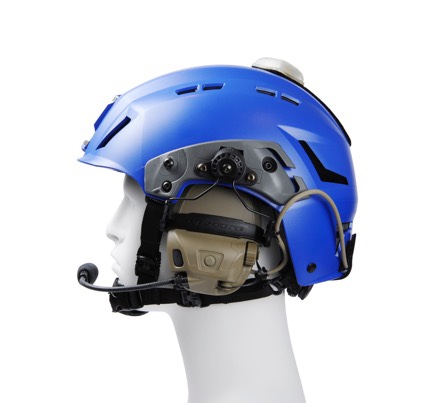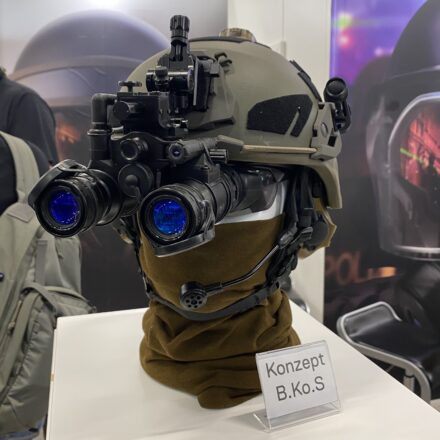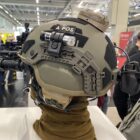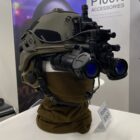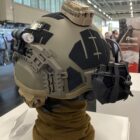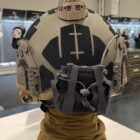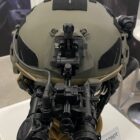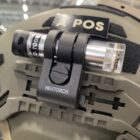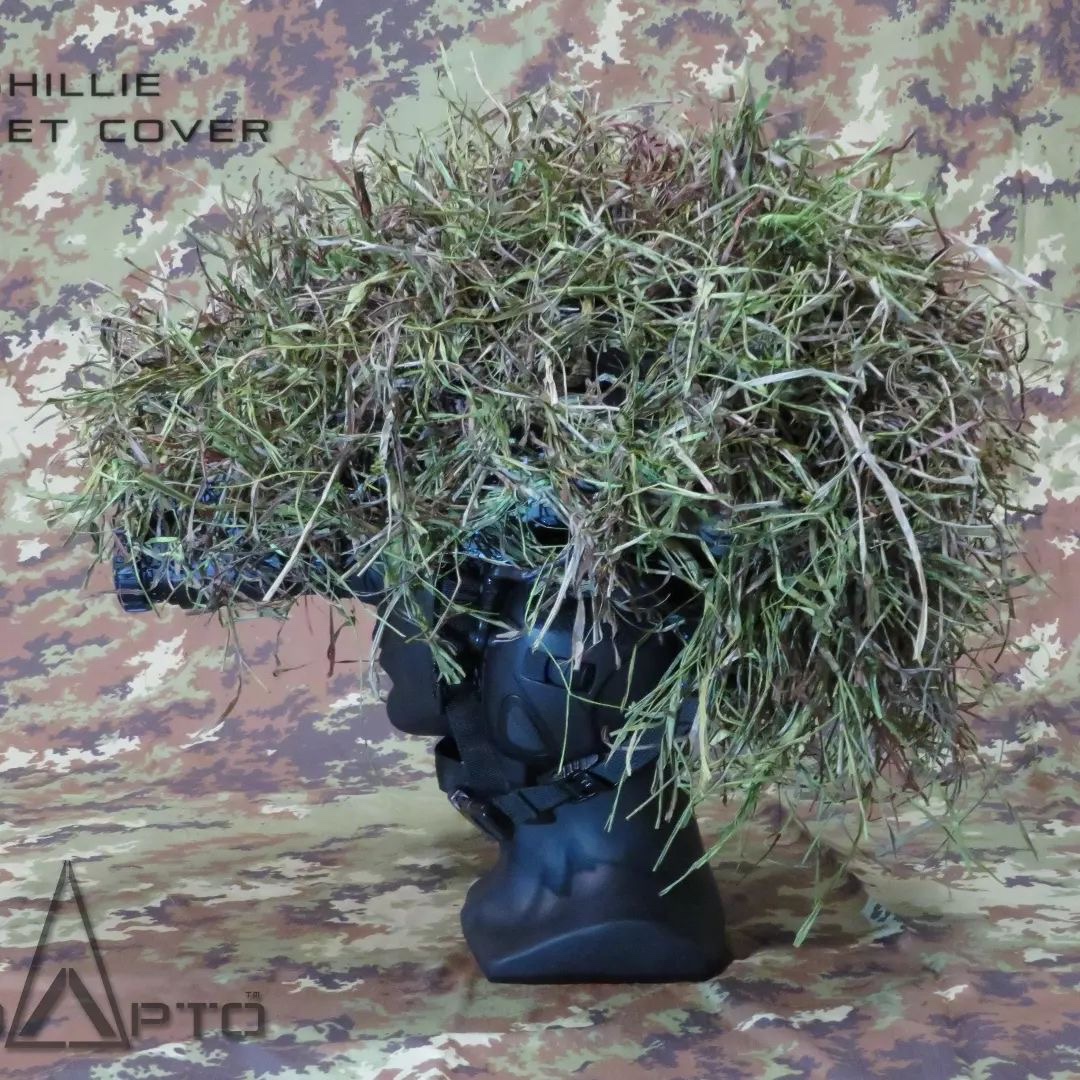Integrated Headborne Platform to support elite military and law enforcement

CARBONDALE, PA, MAY 16, 2022 – Gentex Corporation, a global leader in personal protection and situational awareness solutions for defense forces, emergency responders, and industrial personnel, announced today a preview of its advanced concept for Ops-Core® ARC rails for FAST® helmet systems, the Ops-Core RAILINK® power and data system. This patented, first-of-its-kind, fully integrated, in-rail solution simplifies the life of the user, enabling multiple helmet-mounted systems from a single, centralized power source.
With RAILINK, Gentex Corporation unveils a highly integrated, versatile, open architecture, scalable ecosystem for current and future headborne systems. This new family of products enables rapid and effective integration of technological advancements in personal protection and situational awareness. The RAILINK platform facilitates integration of a broad range of sensors, displays, augmented reality capability, and wireless functionality on the headborne system to improve protection and lethality without impacting the effectiveness of the user or increasing their burden. Gentex is currently collaborating with Princeton Tec, SureFire and CORE Survival, and looks forward to working with future innovation partners on expanding the sensory, accessory and capabilities of RAILINK.
RAILINK is powered by a central helmet power center, feeding power to, and sharing data between, an array of smart nodes and a VAS/NVG interface that allows the user to operate a wide variety of sensor systems. With power and data being run through smart nodes, external cabling is eliminated, simplifying helmet set up, streamlining snag hazards, improving power management efficiency, optimizing open data sharing protocol and clearing ARC rail space for future technology insertion.
“RAILINK is designed to anticipate future technological advancement,” said L.P. Frieder III, president and chief executive officer at Gentex Corporation, “This is an excellent example of how collaboration with customers and industry partners can accelerate the introduction of innovative solutions. We’re excited to see where this platform can go.”
RAILINK will be available for sale late in fourth quarter 2022 and production deliveries to our lead US customer will begin in December 2022.
